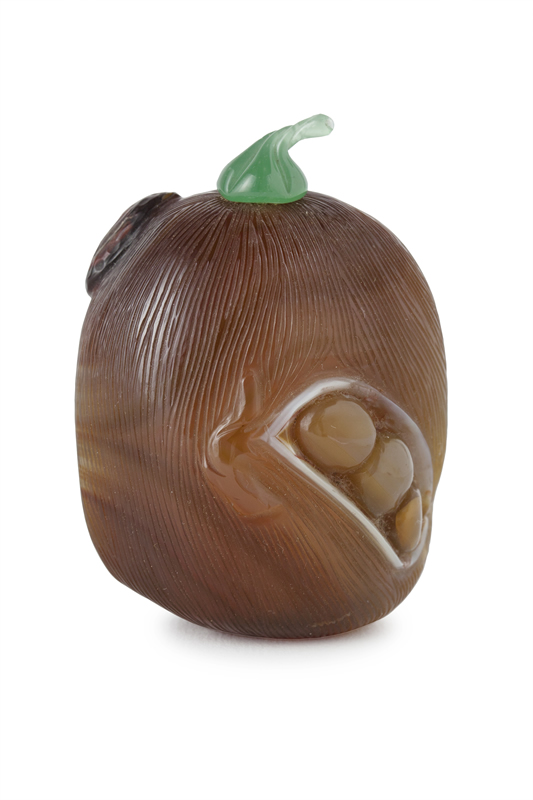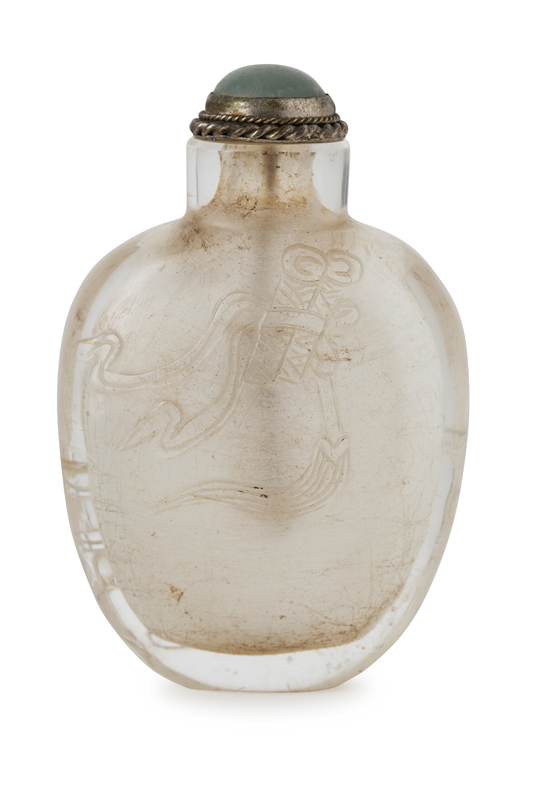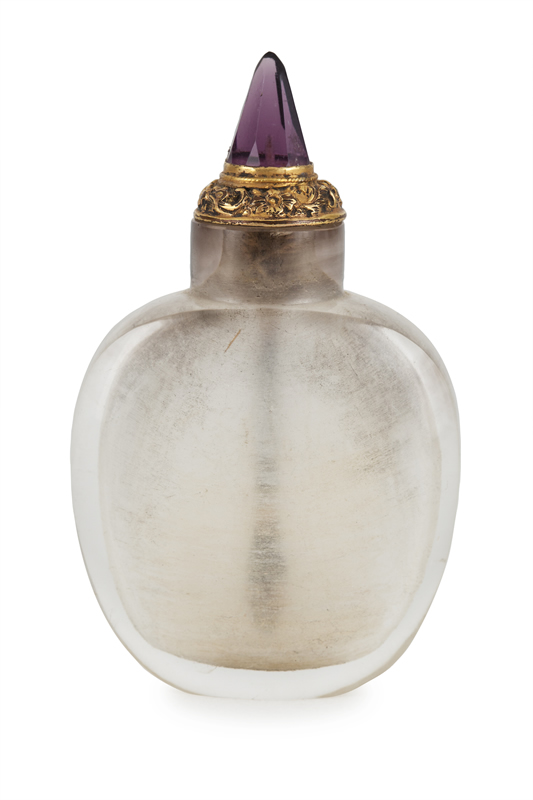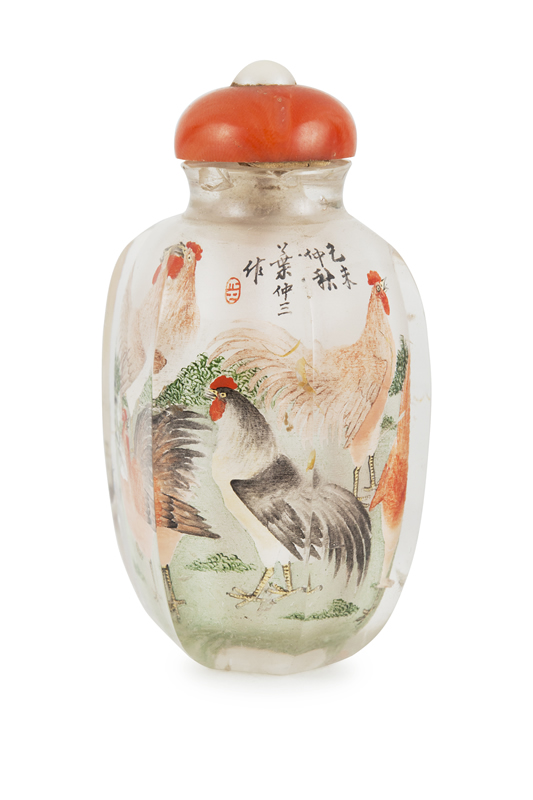China boasts traditions and culture that stretch back over thousands of years and developed the art of snuff bottles only with the advent of the Qing Dynasty (1644-1911). It was the Europeans who first introduced tobacco into China. They kept it in these famous little boxes known as snuffboxes so the tobacco could be smelt. In China this became for many years an élitist passport reserved only for the Imperial Court since it incurred exceptionally high costs to import it.
The custom of sniffing tobacco had begun in northern China by the people of Manchu who had destroyed the power of the Ming Dynasty and started the Qing Dynasty. It was primarily conceived as a medicinal habit and was mixed with some medical herbs in order to alleviate or cure illnesses such as headaches, colds, digestive problems and more. Tobacco ground down into a fine powder, as decreed by traditional Chinese medicine, was kept in small bottles and sniffed when necessary.
Initially, the use of snuff bottles was the custom of the highest social classes at the Court in Peking (they were worn by hanging them to clothes or were kept inside pockets) but in the Eighteenth century with the advent of local tobacco production this custom was spread gradually throughout the whole country in imitation of the what was being done at the Imperial Court. Thus the bottles soon became exchanged as gifts.
The first emperor to introduce snuff bottles was Shunzhi (1644-1661) but the emperors who were the true creators of an actual artistic development of the said bottles.
1209 Views |
Like







